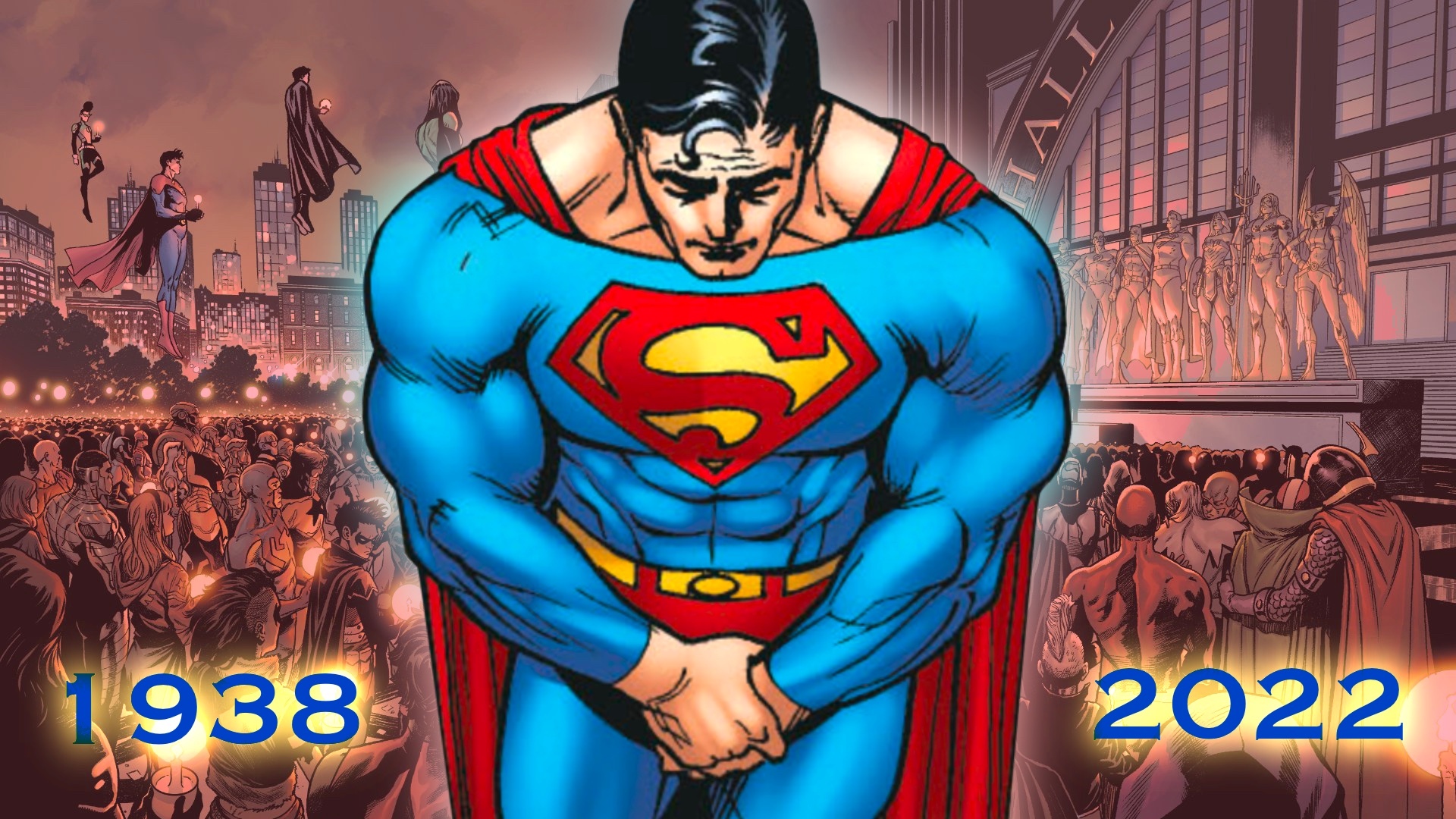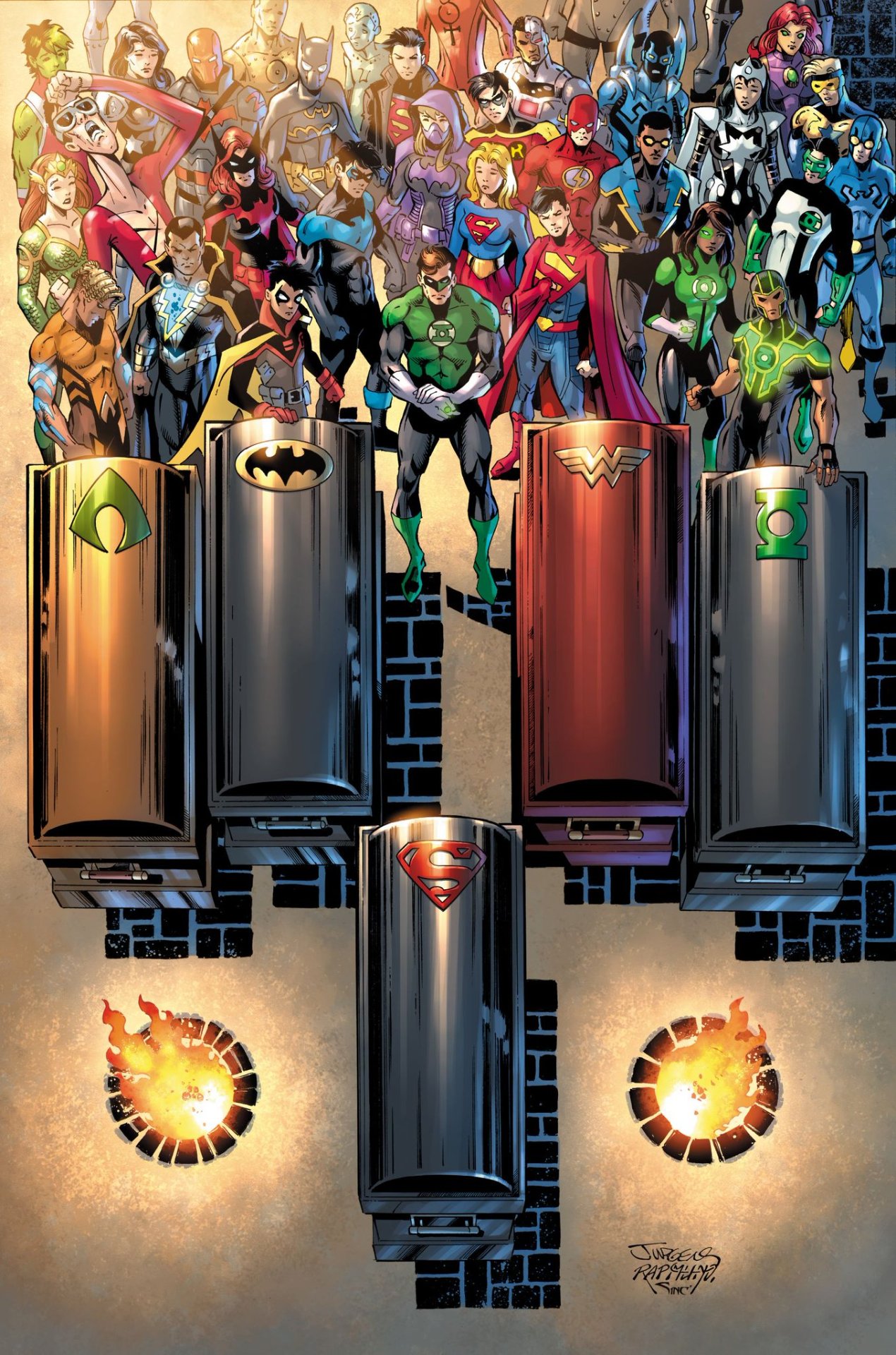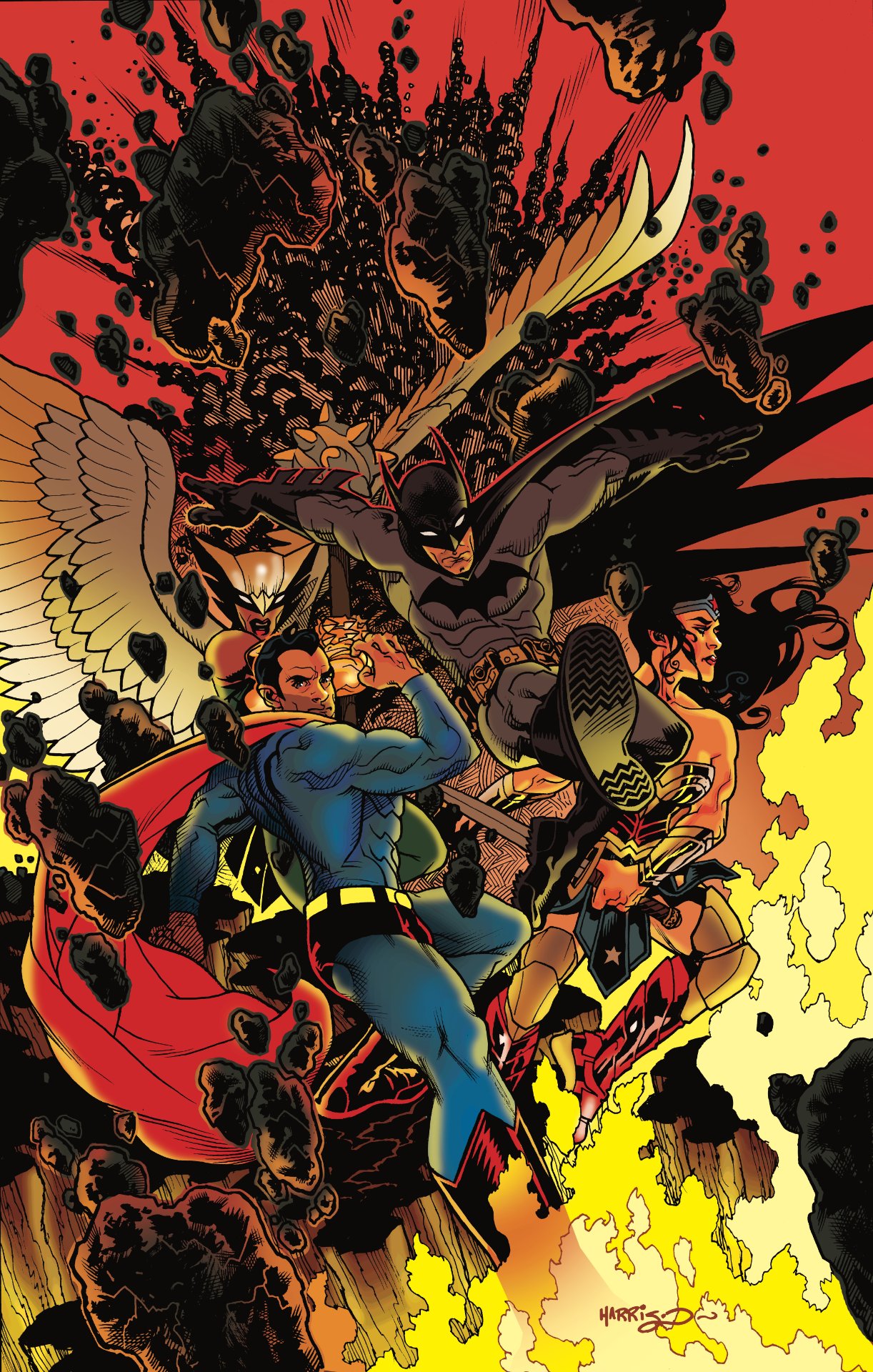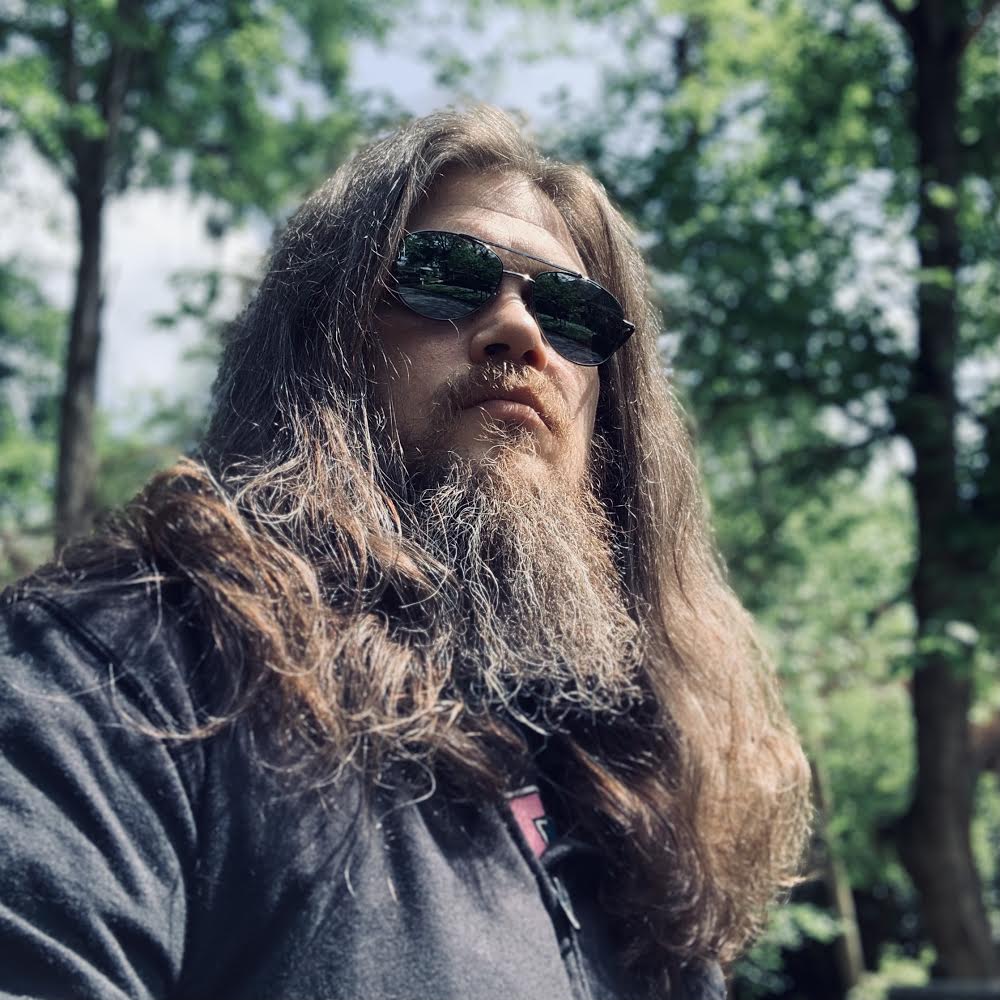Superman is dead - here's what you need to know
DC killed Superman on April 26 and if you've got questions about the death of the Man of Steel we've got answers

Superman is dead. RIP Kal-El, the Last Son of Krypton 1939-2022.
The Man of Steel AKA Clark Kent meets his match in April 26's Justice League #75 along with nearly all the other core members of the Justice League - Batman, Wonder Woman, and more - in a story appropriately if ominously titled 'Death of the Justice League.'

In Superman's case, this is actually the second time he's died in battle, the first time being 30 years ago in 1992's 'Death of Superman,' which offers some thematic inspiration for 'Death of the Justice League', marking the story's anniversary.
What's more, the villain that killed Superman the first time, Doomsday, is part of the 'Dark Army' of deadly and powerful evil entities that slay the Justice League, with only one member (whose identity we won't spoil here) surviving to warn the rest of Earth's heroes.
Superman has returned from the dead before, but this is a little different as it's the entire Justice League that's dead - and DC is outright canceling the Justice League title with issue #75, with plans to leave it dormant for the time being. That of course may leave fans scratching their heads over what's going to happen for Kal-El in his own comic titles including Action Comics.
Here's what you need to know about how it happened, why it happened, and what happens next in the wake of Superman's death.
How does Superman die?
As we said, Superman's death comes at the hands of a so-called 'Dark Army' which boasts membership including Doomsday, who killed Superman once before, as well as Darkseid and numerous other extremely powerful villains, all under the influence of the evil force known as the 'Great Darkness.'
Comic deals, prizes and latest news
Get the best comic news, insights, opinions, analysis and more!
The term 'Great Darkness' has come up in DC lore before, but recent stories have defined the concept as an actual malevolent force in the DC Universe, with its schemes and machinations taking place behind the scenes as far back as 1985's Crisis on Infinite Earths, which rebooted DC continuity and remade its Multiverse.
The original 'Crisis' has informed DC's many reboots, retcons, and other events for decades since, and the 'Dark Crisis' story that follows 'Death of the Justice League' ties directly back to Crisis on Infinite Earths.
In fact, Pariah, the leader of the Dark Army who channels the power of the Great Darkness to kill the Justice League - Superman included - originates in Crisis on Infinite Earths and his motivations in 'Dark Crisis' tie back to trying to rebuild his home reality which was destroyed in that story.
How will Superman's death affect the DC Universe?

Justice League #75 marks the end of the current Justice League comic, with 'Death of the Justice League' taking the team and title off the table for an indeterminate amount of time. But outside the events of 'Dark Crisis,' Superman technically isn't going anywhere.
DC currently employs a concept known as the 'Divine Continuum', a term that encompasses all aspects of DC continuity, including the over-arching Omniverse and all the stories told about DC characters that don't necessarily fit with their core storylines.
What that means is sort of complicated - we go in-depth on the mechanics of how it works in our explanation of Batman's death. But the most basic explanation is that, while both the events of 'Dark Crisis' and Superman's own ongoing titles both take place in the core DC continuity and both count as real, official parts of the narrative of the mainstream Superman, they are considered to take place at different points in time in terms of in-universe chronology.
More specifically, Justice League #75 and the subsequent Dark Crisis take place sometime in the immediate future, despite being published simultaneously with the ongoing Superman titles. This means Superman can be dead during 'Dark Crisis' a little bit in the future, while his adventures continue in his own comics in the 'present.'
What happens next for Superman?
Interestingly enough, Superman's titles have been keying into themes of Kal-El's absence for a while now, with previous issues of Action Comics and Superman: Son of Kal-El building up to Kal-El's son Jonathan Kent taking on the mantle of Superman and taking his father's place as the protector of Metropolis.
Of course, the story that's been told in those titles isn't directly tied to 'Death of the Justice League' or 'Dark Crisis'. What's actually going on in Superman's corner of the DC Universe is a little different, though it presents some of the same ideas in terms of Superman's absence and replacement.
In Action Comics, Kal-El has departed Earth for Warworld, an artificial planet ruled by the villainous despot known as Mongul, which traverses the galaxy bringing violence and strife both to its own inhabitants and to those unlucky enough to wind up in its orbit. Kal-El is currently leading his own version of the team the Authority to take down Mongul and free Warworld once and for all, a story that's still unfolding.
Meanwhile, in Superman: Son of Kal-El, Jonathan Kent has taken steps out of his father's shadow by finding his own romantic partner (a journalist, like his mom Lois Lane) and taking up the S-shield as the protector of Metropolis, all while dealing with the problems caused by Kal-El's absence.
However the Warworld saga shakes out, it's themes somewhat parallel the ideas explored in 'Dark Crisis' - especially the idea of Jonathan Kent having to fill in for Kal-El. But thanks to the power of comic books and storytelling, readers can still follow the original Superman's adventures even as he's out of commission elsewhere in the DC Universe.
Check out more Newsarama coverage of the 'Death of the Justice League'
- The Justice League, DC's preeminent superhero team, dies at 62
- DC just killed Batman, Wonder Woman, Superman, and the Justice League - here's how they did it
- Are Batman, Wonder Woman, Superman, and Justice League really dead? Yes ... and no
- What the hell is a Godstorm? That Justice League #75 moment explained
- This DC superhero has an 'Endgame' moment in Justice League #75
I've been Newsarama's resident Marvel Comics expert and general comic book historian since 2011. I've also been the on-site reporter at most major comic conventions such as Comic-Con International: San Diego, New York Comic Con, and C2E2. Outside of comic journalism, I am the artist of many weird pictures, and the guitarist of many heavy riffs. (They/Them)



